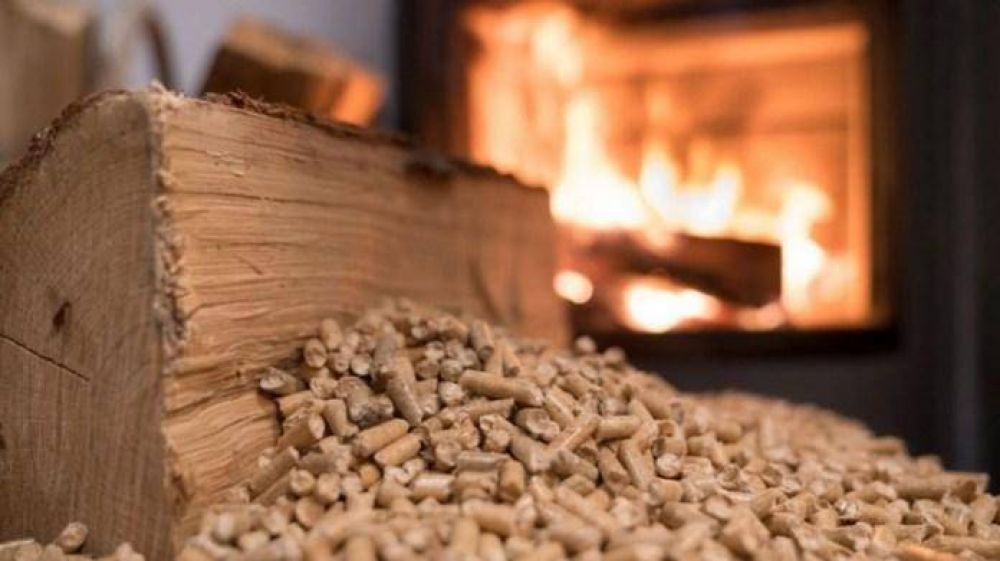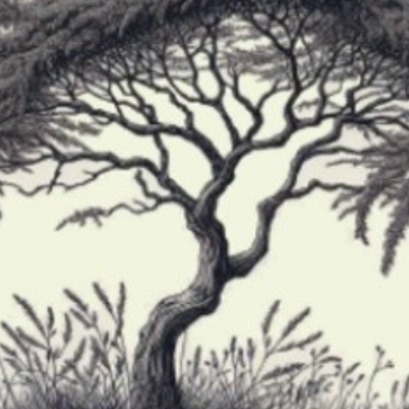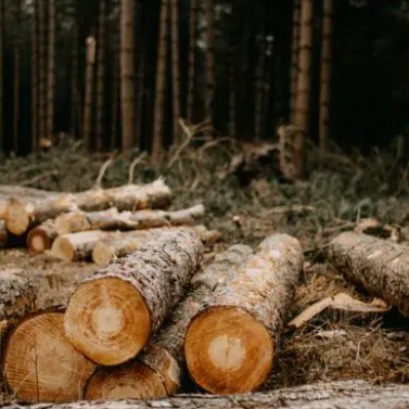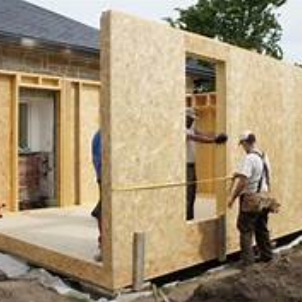
Forest residues at the service of biofuel
In Argentina, the waste produced by the forestry sector represents great potential for the production of bioenergy.
We know that worldwide energy consumption is growing and we still continue to use fossil fuels as the main source, which are located in some countries, causing great volatility in supply and serious environmental problems (air pollution, acid rain and emissions greenhouse gases).
A solution and a great opportunity is in the development of clean and renewable energies of biomass origin, which can be produced and consumed in a neutral CO2 environment.
Bioenergy is a renewable energy produced by materials derived from biological sources. Biomass resources are available in different forms or types: ONE OF THEM IS FOREST WASTE.
The great advantage of this type of energy is that it can produce liquid, gaseous and solid fuels, to be stored, transported and used with the same supply systems as fossil fuels.
In Argentina, the waste produced by the forestry sector represents great potential for the production of bioenergy.
We need to change this paradigm of energy for the good of all, and from our sector we want to raise awareness about the potential that we have at hand if we manage to promote methodologies that quantify forest biomass and generate an action plan to be able to promote work projects in this regard. .
The forest resources that we have in our country are: native forest (31,443,873 hectares) and implanted forest (1.15 million hectares). In turn, our forestry industry has a great diversity of establishments dedicated to different types of forestry productions, from sawing to the production of pulp and paper. Throughout this journey there is also waste that could be dumped into the production of biofuel.
Fortunately, there are already projects that put this form of energy production into practice, especially in the provinces of Corrientes and Misiones. But there is still a long way of dissemination, research and investments to be made, in order to move forward. Let's stay tuned for news and get involved with everything that our sector has to give.

IT MAY INTEREST YOU
 They present the Elárbol project in the Ecology Cycle
They present the Elárbol project in the Ecology Cycle
The transmedia initiative reflects the importance of Argentine native flora and focuses on the carob tree as an emblem tree. Today, at 6:�� p.m., at the Argentine Library This Thursday, October 3�, at 6 p.m., the Elárbol project is presented in the Ecology Cycle coordinated by Sergio Rinaldi at the Argentine Library.
 Unprecedented Forest Crisis: with 8.1 million hectares destroyed, the goal of zero deforestation is in danger
Unprecedented Forest Crisis: with 8.1 million hectares destroyed, the goal of zero deforestation is in danger
A new report warns that the planet is experiencing an unprecedented forest crisis. In 2�24, forests suffered large-scale destruction with a permanent loss of almost 8.1 million hectares worldwide.
 Renovations, construction of houses and extensions made of wood gain speed, comfort and efficiency in the country
Renovations, construction of houses and extensions made of wood gain speed, comfort and efficiency in the country
In private neighborhoods, the Coast, the Coast and Patagonia, the choice of homes with dry works is growing. Speed, low environmental impact and energy savings.





















